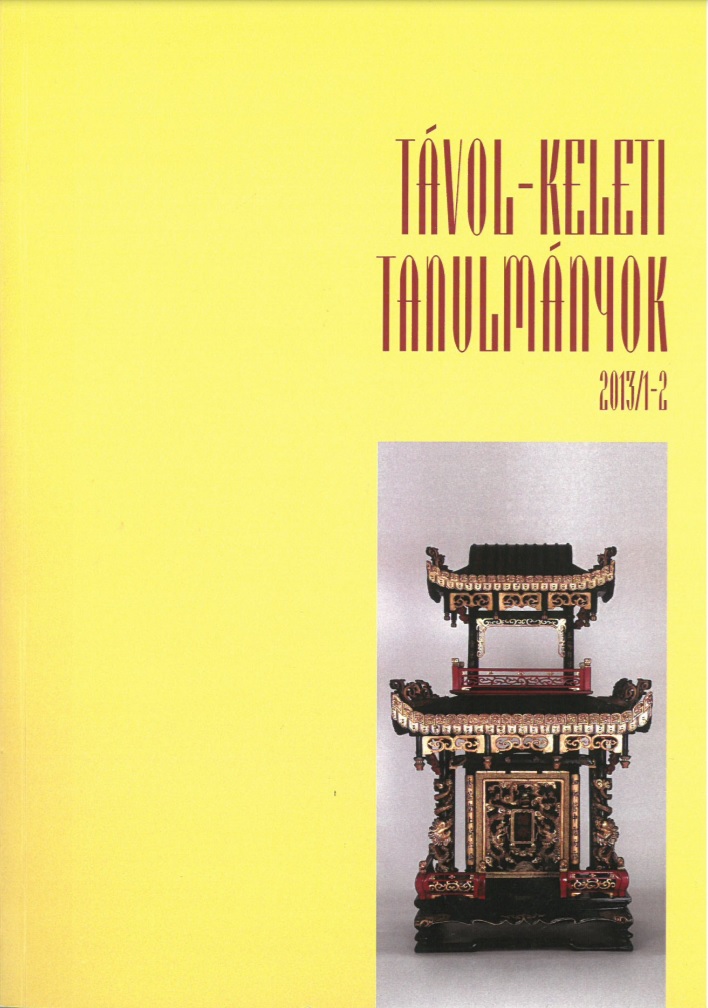Published 2014-10-03
How to Cite
Copyright (c) 2014 the author(s)

This work is licensed under a Creative Commons Attribution-NonCommercial 4.0 International License.
Abstract
The King of Mount Tai (Taishan wang 泰山王) is the seventh in the row of Ten Kings (shiwang 十王), a group of medieval deities who were credited with judging the soul of the deceased during certain periods of time. The notions about the Ten Kings are based The Scripture on the Ten Kings (Shiwang jing 十王經), of which ca. three dozens of handwritten copies, some of which also contain illustrations, come from 10−11th century Dunhuang 敦煌. Despite the fact that The Scripture on the Ten Kings never reached canonical status, it thus come down to us in several copies. The birth of the concept of the Ten Kings can be followed from at least the 7th century to the presently extant, first dated copy from 908. After offering a general overview of the topic, this article explores the roles Taishan 泰山 played in pre-Buddhist Chinese religious thought, then proceeds to analyzing the importance of the Confucian practice of three-year mourning period, finally it presents an explanation of how the first cycle of 49 days in the entire three-year mourning period is indebted to Buddhist ideas of antarābhava (zhongyou 中有, zhongyin 中陰).
